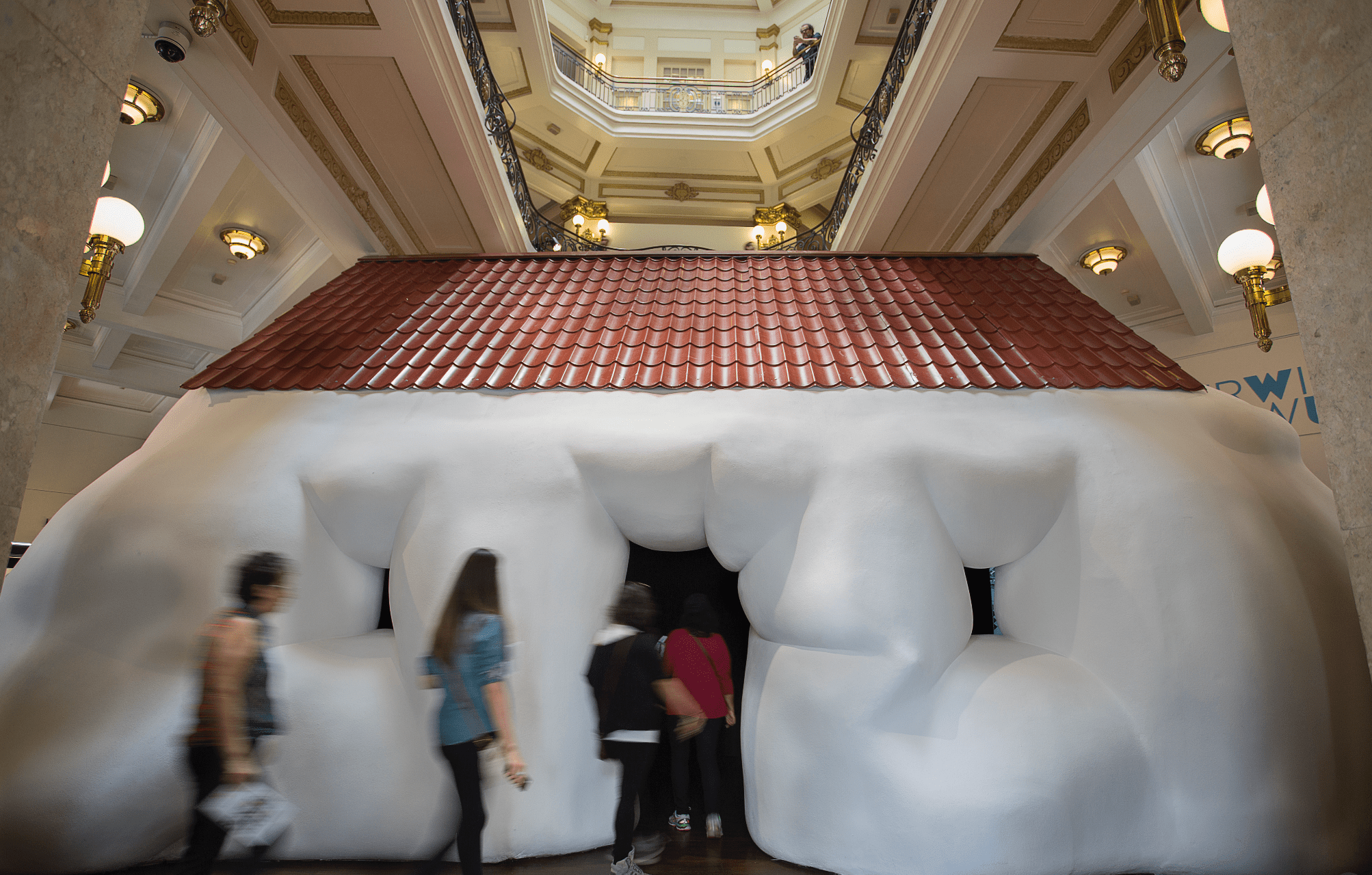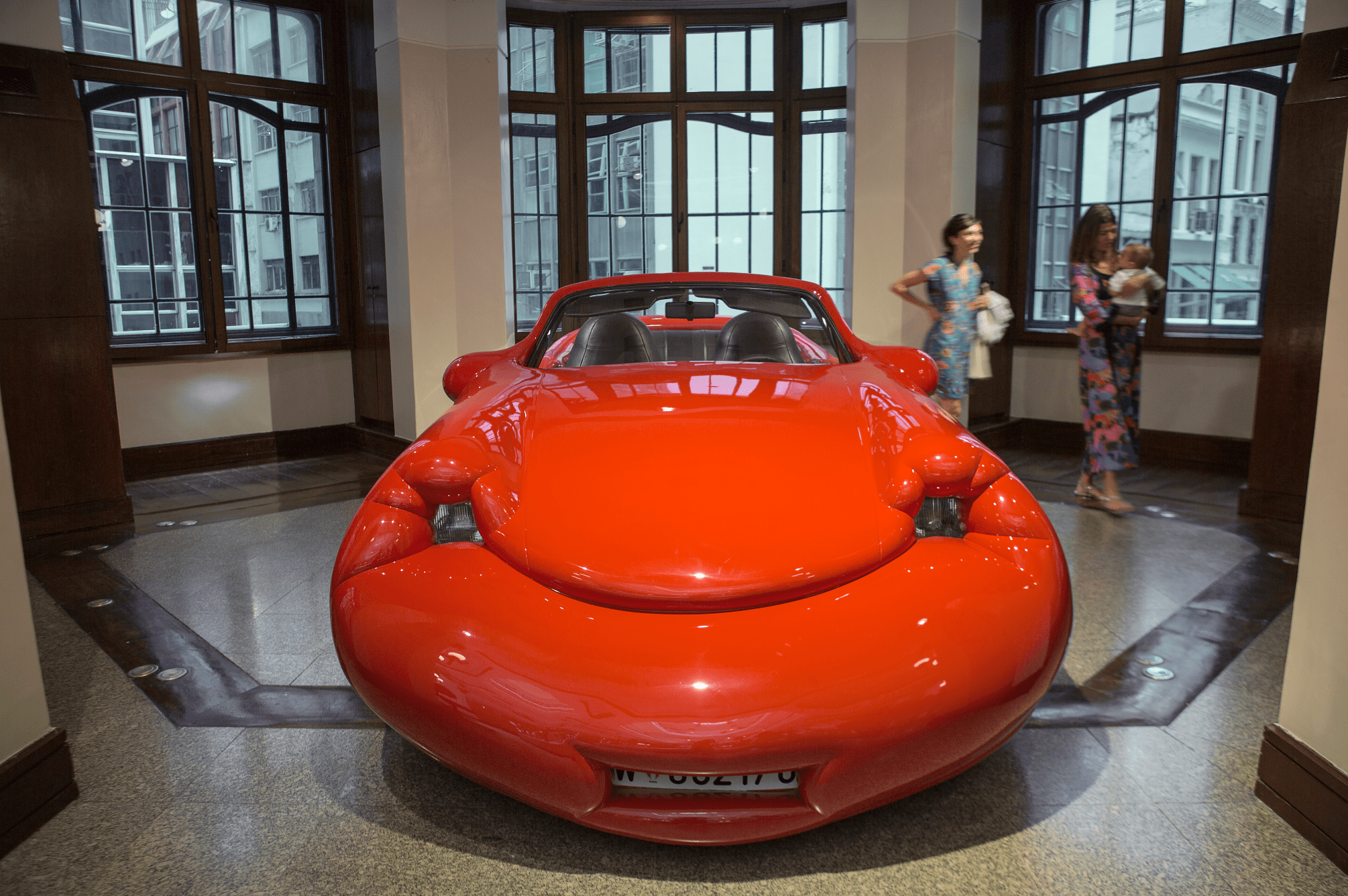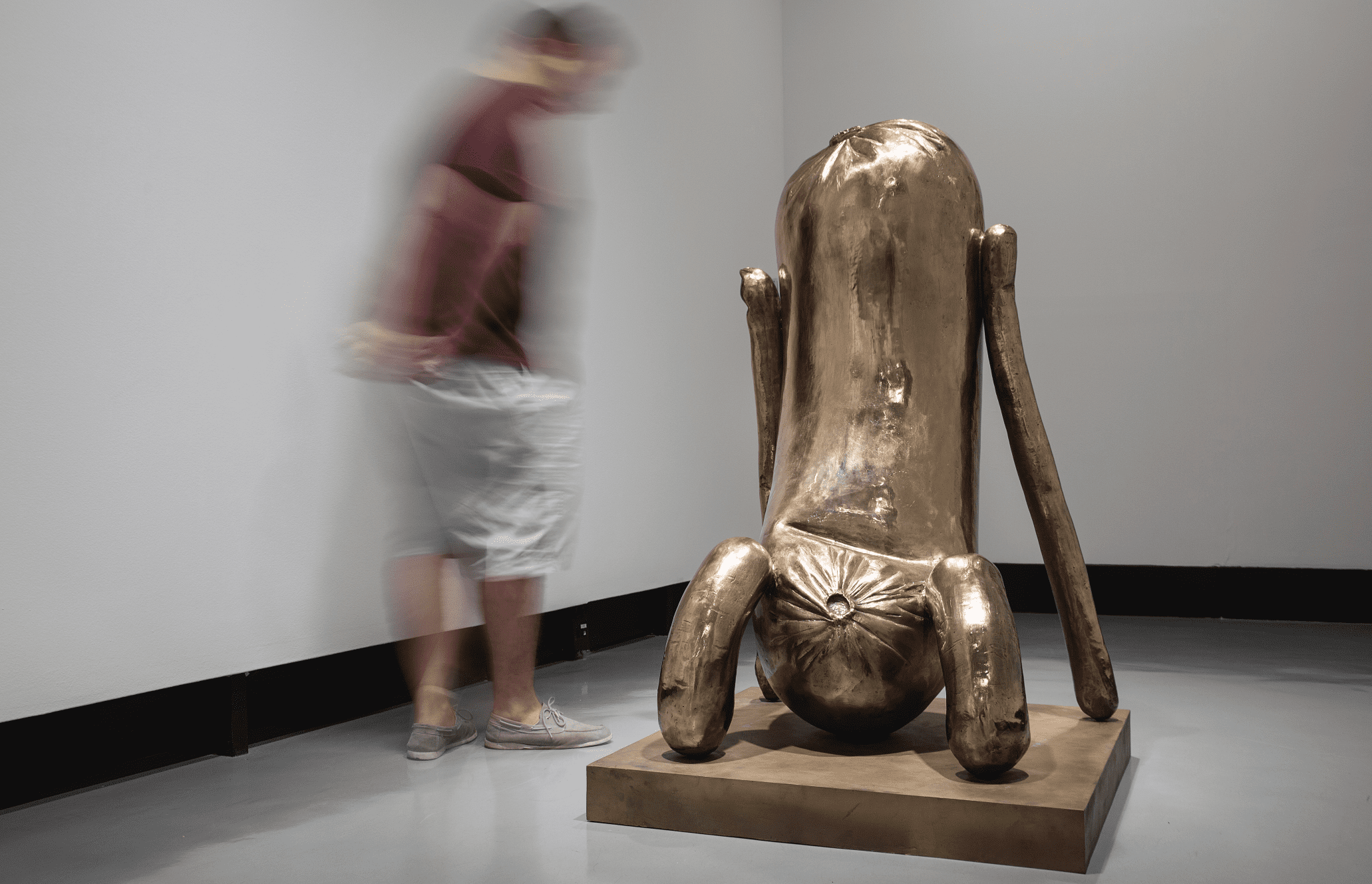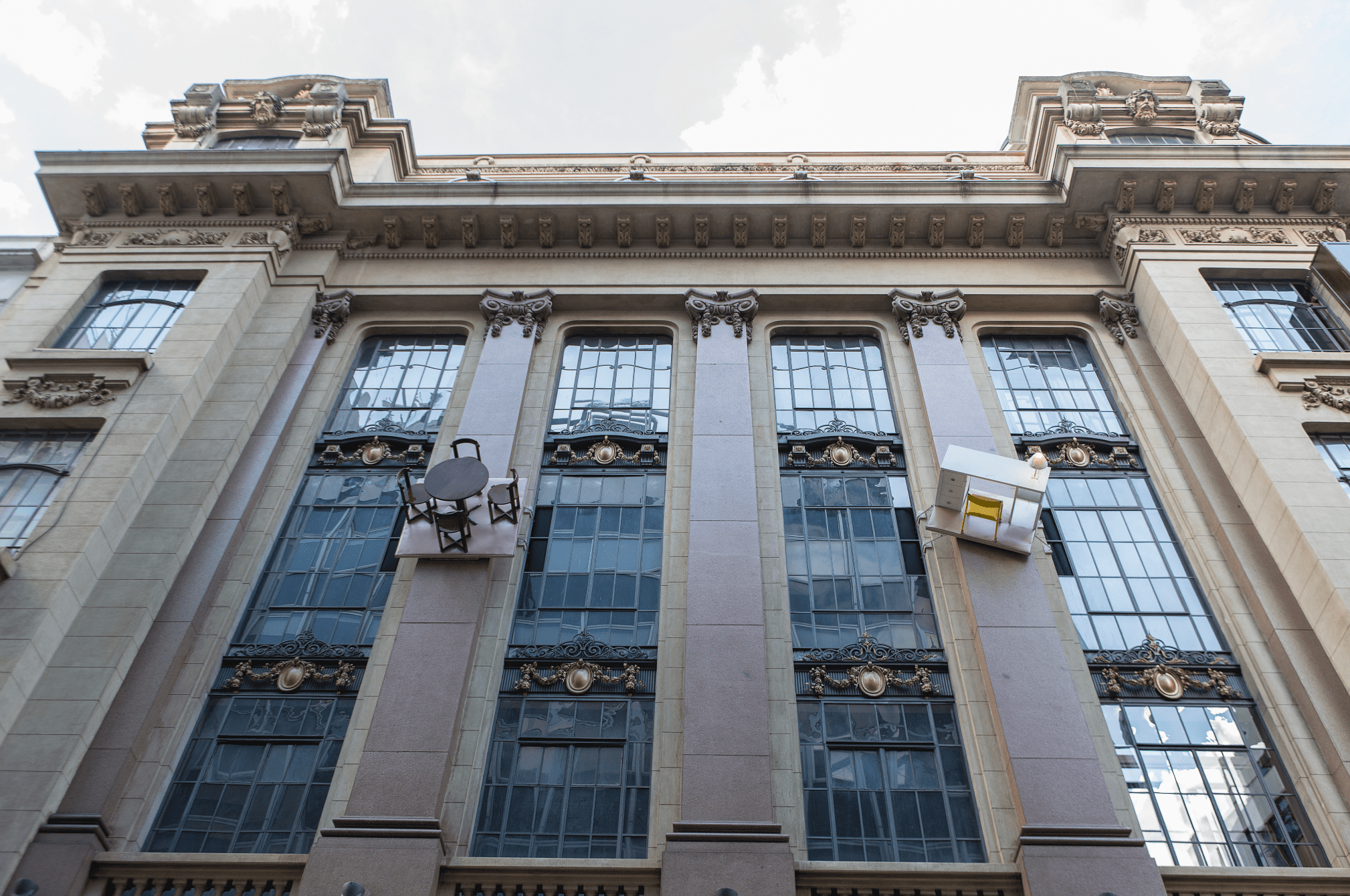Erwin Wurm | O Corpo é a Casa
Erwin Wurm | O Corpo é a Casa
CCBB São Paulo, SP; Rio de Janeiro, RJ; Belo Horizonte, MG; Brasília, DF
2017
Executive Production
Curated by: Marcello Dantas
Erwin Wurm is an artist who makes people love art. He evokes a dose of humour and irreverence that is universal and, at first level, very accessible. The articulation of his highly original thinking with an aesthetic of banality is something that fascinates everyone. As we approach Erwin Wurm’s obvious superficiality, we discover a dimension that generates bewilderment in the face of the initial smile: something is inverted behind a certain initial familiar comfort. Wurm is like a fly in his mother’s soup.
He is primarily a sculptor who presents a narrative of everyday life transformed by the potential of three-dimensionality. The English artist Antony Gormley once said that the real raw material of sculpture is energy, the heat needed to modify a material until it reaches the state of art. In other words: there’s no point in stealing a bronze sculpture, because its value lies not in its physical material, but in the emanation of energy (measured in calories) from the furnace that sculpted it. Metaphorically, we can understand that the same energy that sculpts bronze or iron is the energy that sculpts our bodies. The calories that make us gain or lose weight are the same force that fights with the shapes of the sculpture. You are the sculptor of your body; body is work, work is body. Wurm gives a new meaning to the role of the body in art, giving materiality to things that didn’t have it: he transforms the car, the sausage, the cucumber and the house into sculptural matter and gives them a symbolic dimension, of our time, in which the banal is constantly appreciated and boredom can be worshipped.
With Wurm, diet becomes an exercise in contemporary faith. “Diet,” he says, “is like a philosophy that is part of our daily lives: it has a physical aspect on the one hand and a spiritual dimension on the other.” This ambiguity makes it possible to refer to both the diet of consumerism and the diet of food: both reveal an existence within the dimension of excess, and, as William Blake would say, “the road of excess leads to the palace of wisdom (The Marriage of Heaven and Hell, 1793).
The body is the object of constant labour in the history of art. From performance to happenings, the artist’s body has become a work of art. Other artists, however, have assimilated the public’s body into their work, notably Robert Morris in his Bodyspacemotionthings of 1971, exhibited at the Tate Gallery in London. Wurm, on the other hand, went further and created a veritable glossary of the public’s spontaneous participation in the incarnation of the work. Long before the idea of interactivity, social networks and the selfie epidemic, Wurm was creating something that would be a simulation of a behaviour that hadn’t even been announced yet. At the end of the 1980s, he began the One Minute Sculptures series, which became emblematic, foreshadowing the irreverent and self-referential behaviour that the Internet would popularise. The One Minute Sculptures extended the concept of the ready-made, creating something like the post-made of the age of anticipation, in which everything is consumed raw, and even the work of art comes to exist as a recipe and no longer as a dish.
Another dimension of Wurm’s work is his intervention in architecture, which he says is an art that is difficult to hide. He went on to create works that began to intervene on iconic buildings and transform the expression of these buildings into something disconcerting: a house planted upside down on the roof of a museum, or as in the case of the work Fachada, made in Brazil, in which furniture escapes through the walls and windows of the building, creating the interior on the outside. “In a truly inverted world, the true is a moment of the false,” as Guy Debord said (The Society of the Spectacle, 1967).
Erwin Wurm’s great asset is to exist within the often cynical territory of contemporary art with a work that manages to be critical while still being accessible, that manages to subvert while still capturing the audience in a reflective and, at the same time, entertaining and inclusive dimension. This ability to give himself generously, without being cheesy or naive, is a rare trait in the contemporary world. He reveals the layers of his work to the most attentive eye, without losing initial contact with those who browse more superficially. Wurm is a fisherman of the gaze, never losing sight of inoculating the mind with the virus of uncertainty that makes us doubt what our eyes see.




